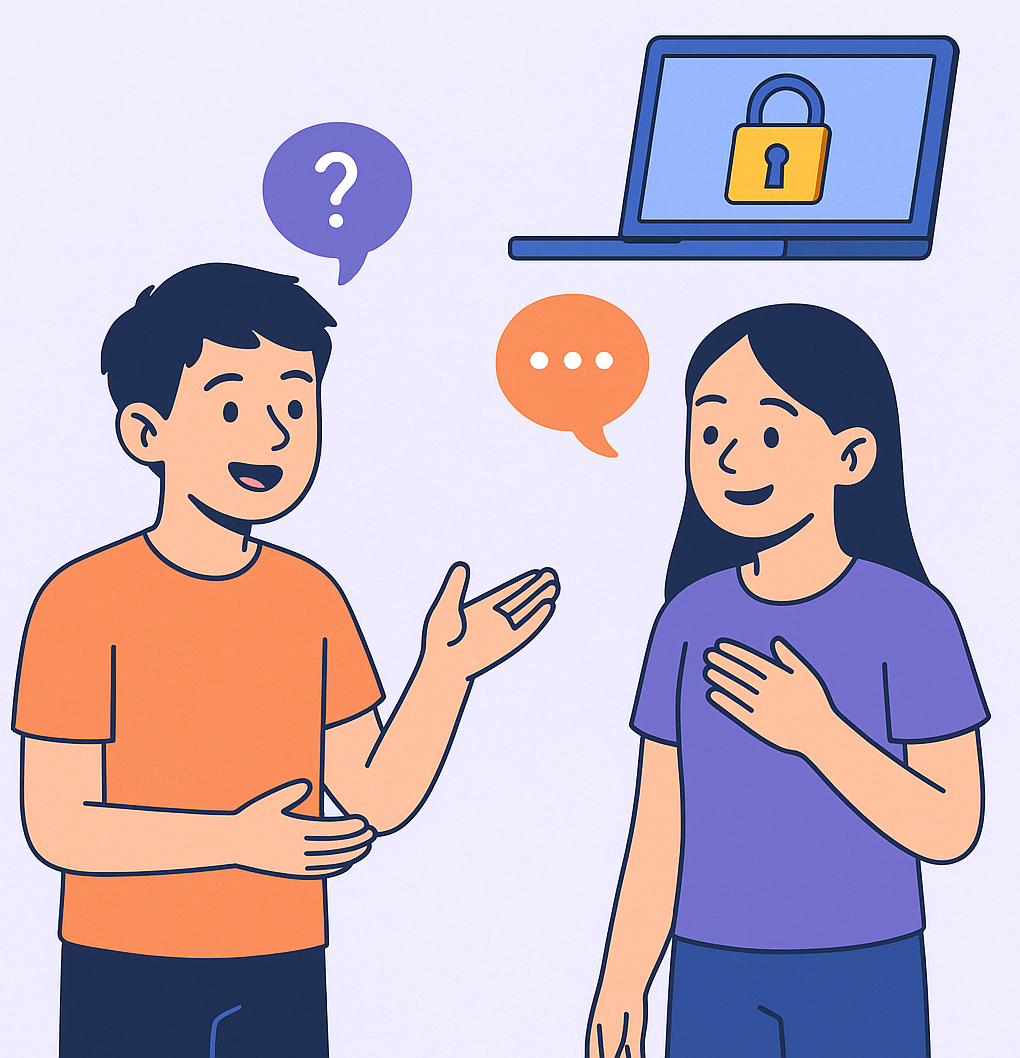When schools hand out iPads, Chromebooks, or laptops, many parents assume their child will also be taught how to use those devices responsibly. The reality? That’s not guaranteed. While digital tools are now standard in classrooms, structured lessons on digital literacy, online safety, and healthy device habits are often missing, or inconsistent, across schools.
And that gap matters.
The Digital Literacy Gap in Schools
-
A 2023 UNESCO report found that only 54% of countries worldwide include digital literacy in their national curriculum. Even where it is included, the focus is often on technical skills (like typing or software use), not safe or balanced device habits.
-
In North America, many schools prioritize cybersecurity basics (like password protection), but far fewer include screen time balance, mental health impacts, or responsible social media use—the very issues parents worry about most.
-
A Common Sense Media survey revealed that 59% of teachers feel they do not have enough training to effectively teach digital citizenship.
Translation: your child’s school may use technology every day without actually teaching kids how to use it wisely.
Why Parents Need to Step In
Relying on schools alone is risky. Research shows:
-
The average child in the U.S. gets their first smartphone at age 11 (Common Sense Media, 2021).
-
By age 13, more than 80% of kids are active on social media—often without formal guidance on privacy, online kindness, or managing time.
-
Excessive screen time has been linked to sleep disruption, reduced attention spans, and higher rates of anxiety and depression in children (American Academy of Pediatrics, 2022).
Without parental involvement, kids are left to navigate these challenges on their own—often learning by trial and error, which can be costly.
How Parents Can Teach Device Use at Home
Think of device education like teaching your child to cross the street: you wouldn’t leave it up to chance or hope someone else explains it. Here’s how parents can take the lead:
-
Set Up Together
Walk through device setup side-by-side: enable privacy settings, check app permissions, and explain why each setting matters. -
Talk About Time
Share research: The American Academy of Pediatrics recommends no more than 2 hours of recreational screen time per day for school-aged children. Discuss why balance is important. -
Model Healthy Habits
Children imitate adults. If parents scroll through dinner, kids learn that’s normal. Demonstrate balance—like no devices at family meals or before bedtime. -
Role-Play Scenarios
Ask: “What would you do if someone you don’t know messages you?” or “What if you see something online that makes you uncomfortable?” Practice responses before they need them. -
Use Available Resources
Free guides from organizations like Common Sense Media and Cyberbullying Research Center provide conversation starters, age-appropriate rules, and family agreements.
Schools Support, Parents Lead
Schools are vital partners in raising digital citizens—but parents remain the first and most important teachers when it comes to safe, balanced, and responsible device use.
Educating your child at home doesn’t mean recreating a curriculum. It means building awareness, setting boundaries, and having ongoing conversations.
Because digital habits form early—and once they’re set, they’re hard to break.
So don’t wait for the classroom. The best place to start teaching device use is right where it matters most: at home.
Take a course. | Download free resources. | Download the Parent Quick Guide.






